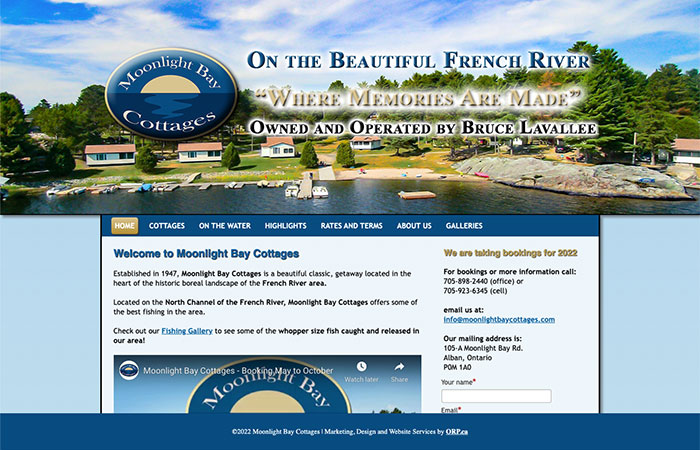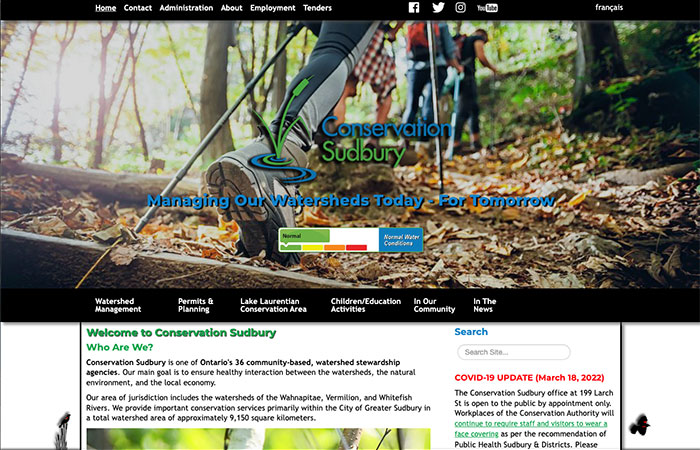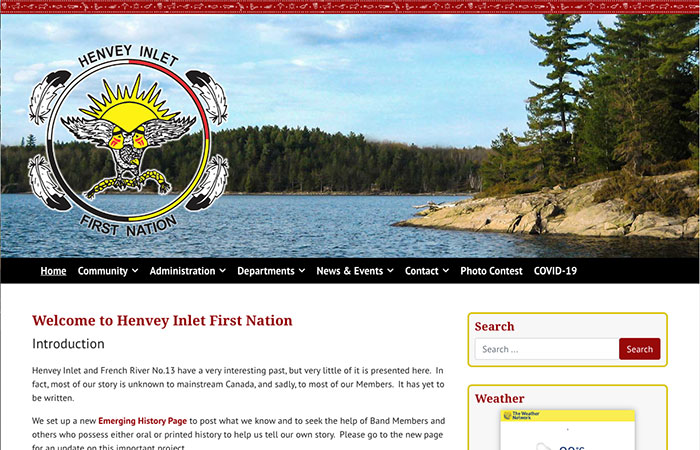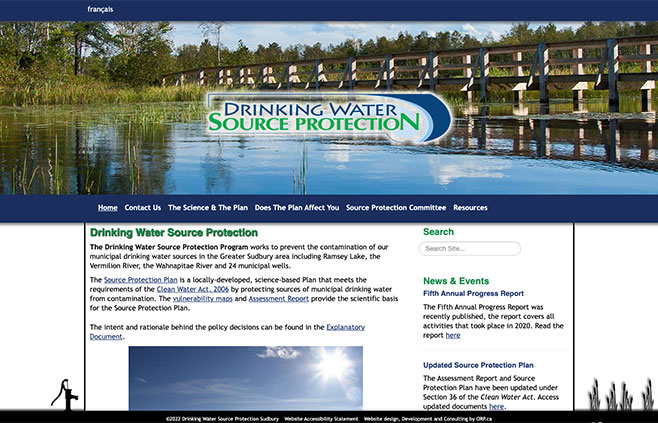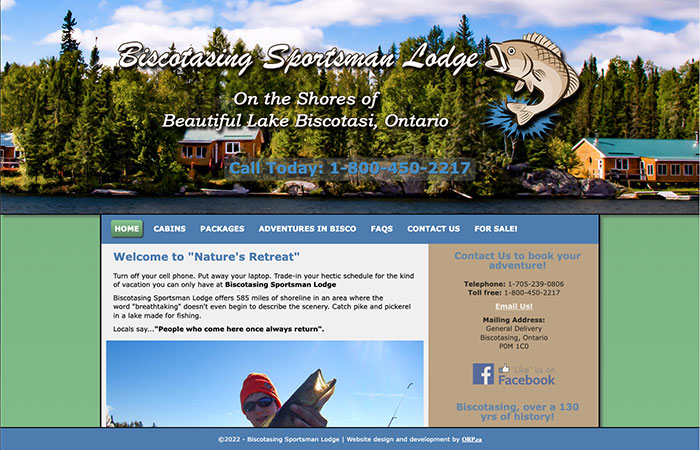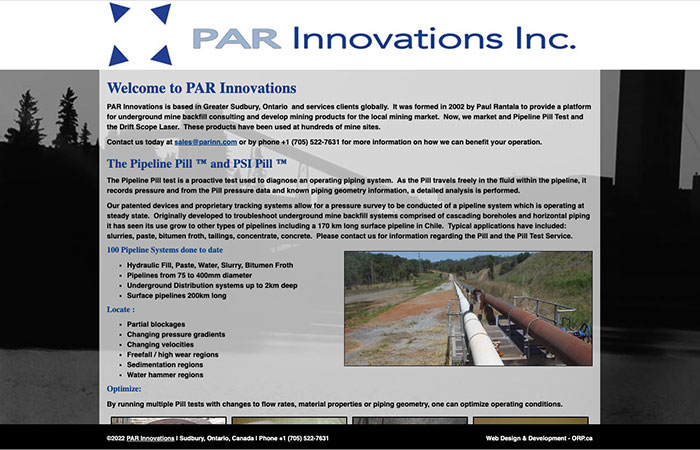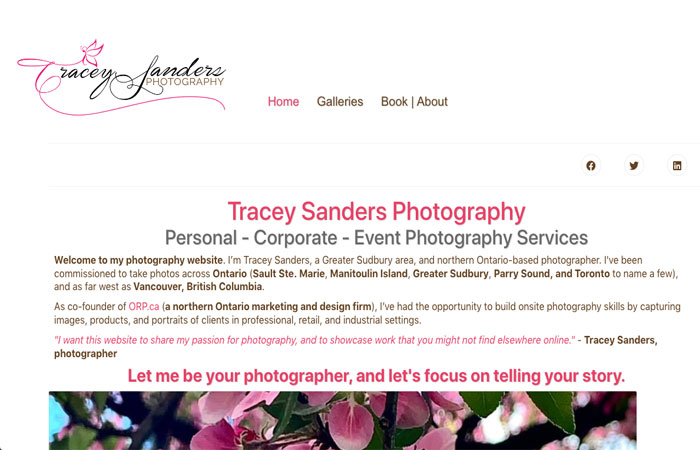How To Drive Traffic To Your Small Business Website Content Seen Without Relying On Facebook
Let’s face it. Facebook is not the powerhouse for driving traffic to your small business website that it used to be.
We’re not making any accusations, but for many people, links to external websites, like your small business website, are being suppressed alongside so-called “Fake News” websites.
While Facebook is trying to solve one problem, they are creating another problem for millions of small businesses trying to drive traffic to their website.
At the same time, Facebook’s almost unrelenting increase in requests for dollars to promote the link to your website also seems to correlate with a drastic drop in traffic going to some people’s websites if they do not buy ads.
Among those who buy ads, there are concerns that many people do not receive the hundreds and thousands of views implied in Facebook’s sales process. Some people find that they must keep doing it once they advertise or their Facebook traffic drops below pre-advertising levels.

One last point about social media marketing.
While the number of Facebook users continues to grow, Meta has taken several severe credibility hits over information sharing and apps that breach user data. So much so that many people are only willing to click a link on Facebook if they are already familiar with the business. That’s not good if you’re trying to reach new markets, especially if you’ve paid to boost posts and increase traffic to your website.
An undeniable fact is that if you’re seeing a drop in website traffic due to the above, then chances are you are relying too much on Facebook to generate traffic to your small business website.
So what can you do about it? Below are some ways to drive traffic to your website without leaning so heavily on Facebook.
-
Start using or relaunch your email or newsletter system. Email marketing is still growing. Big brand companies are increasing their email marketing efforts while decreasing spending and efforts in other areas.
Email marketing is very cost-effective and can be personalized to your client’s specific wants and needs. -
Ensure you provide good content and do not constantly push sales. Email marketing is part of relationship marketing, so it takes some time to see solid results. Don’t rush it, but do have specific marketing goals and a timeline attached to those goals.
Make sure you’re sharing your content on other social media sites as well. This advice might seem obvious, but you’d be surprised how many people do not do this. If you do not have any social media presence beyond Facebook, now is the time to start looking for new platforms that will help you get in front of your ideal client. -
Content marketing is still one of the best ways to get found online, but it’s a long game.
The downside is that using effective keywords and phrases to create content that your ideal client is searching for takes some extra effort to develop. Also, it can take time for Google, Bing, Yahoo and all other search engines to index your content correctly.
There are no shortcuts.
The upside is that your content will be available to a broader audience for a longer time, particularly to people looking to purchase what you have to offer. -
Online advertising. Buying online ads can be a very effective way to increase traffic to your website. Still, you need to know what results you want, set a budget and have a plan in place for managing your ad campaign. Your plan should also cover what to do if things are not going as planned.
No need to worry if you have no experience in this area. In that case, it is best to work with an experienced digital marketing firm that can help you define your goals, make adjustments and get the best value for your campaign spend.
Using any of these methods requires knowing how many people visit your website daily, weekly and monthly. You need to know where those visitors are coming from overall. For example, which search engines, social media platforms and other websites are providing your website's traffic?
You should also know how many pages your visitors go to on each visit (at least an average) and which pages are the most popular.

